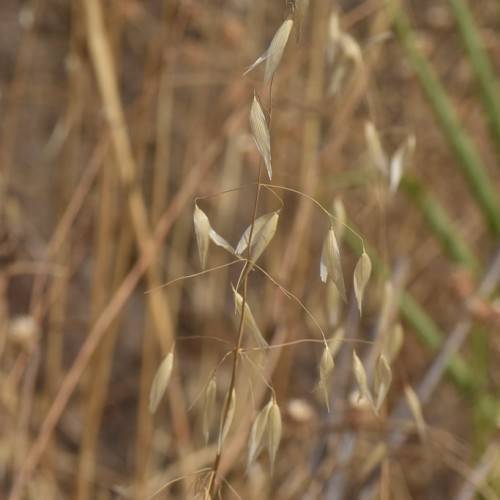
Common Wild Oats
Avena fatua
Watering:
Minimal
Hardiness Zone:
Sun:
full sun,part shade
Leaf:
Yes
Growth Rate:
Low
Drought Tolerant:
Yes
Care Level:
Medium
watering
Fernleaf Yellow False Foxglove (Aureolaria pedicularia) needs moist to slightly dry soil to grow best. To achieve this balance, water the plant regularly, making sure the soil is kept slightly damp but not drenched. Water about every 4-7 days or when the top inch of the soil has dried out to the touch. Allow the water to penetrate the roots slowly and evenly. Make sure the soil does not become soggy as this can cause root rot.
sunlight
Fernleaf yellow false foxglove (Aureolaria pedicularia) plants require full sun to partial shade exposure to thrive. Plants grown in full sunlight will grow and bloom more profusely than those grown in partial shade. During the morning hours, when the sun is cooler, is the preferred time of day for longer sunlight exposure for this plant species. During the hottest afternoon hours, the plant should be partially shaded to avoid sunburn. Generally, about 6 hours of direct sunlight daily is suggested for optimal growth and blooming.
pruning
Fernleaf yellow false foxglove (Aureolaria pedicularia) should be pruned during the late winter or early spring before new growth begins. Pruning should be done selectively, removing any dead, damaged, or diseased growth and crossing stems to maintain a balanced canopy. It can also be cut back lightly if it becomes too large or unruly. Avoid major pruning at any other time of year as this can encourage too much top growth.
